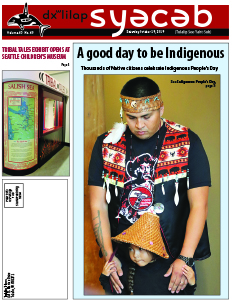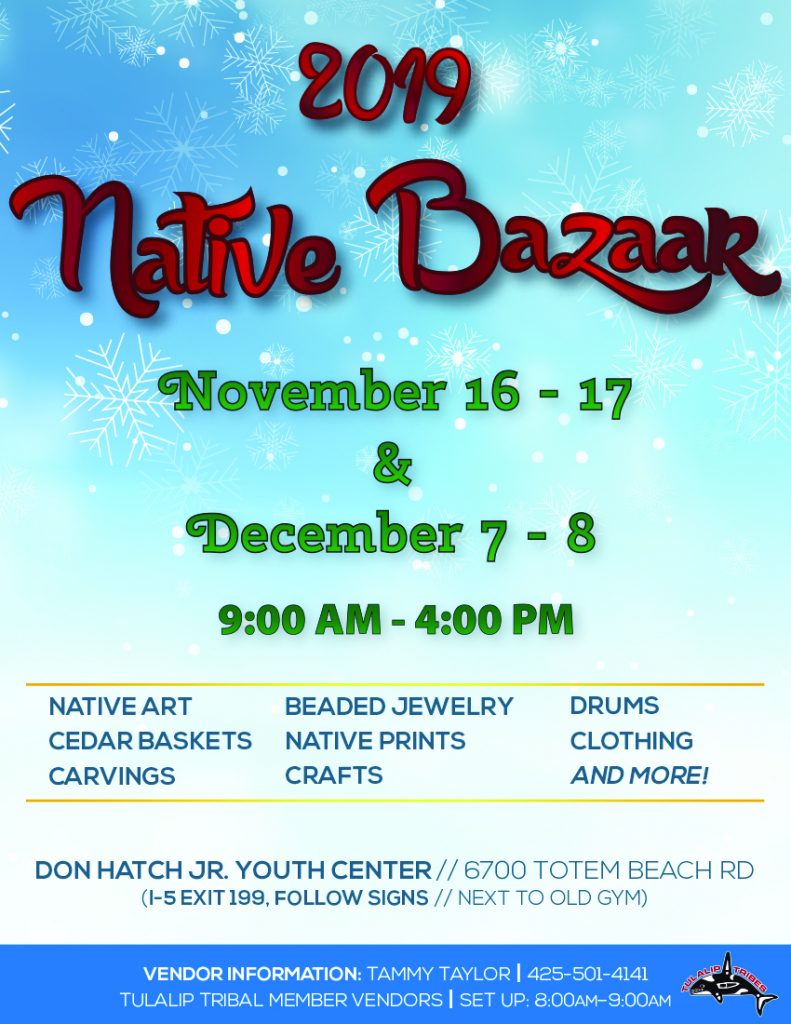
Native Bazaar, Nov 16-17 & Dec 7-8

syəcəb

Response Times Will Improve from 18 to Six Minutes on Average
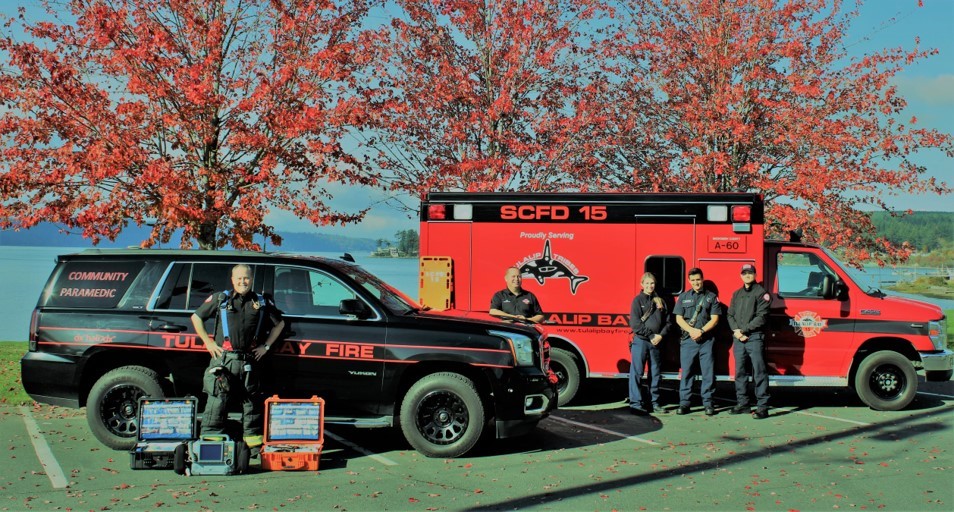
[Tulalip, Wash.] – The Tulalip Bay Fire Department (also known as Snohomish County Fire District 15) received a license to provide Advanced Life Support care from the State of Washington. This is the first time such care will be provided from sovereign lands, and will benefit all taxpayers in the district.
Previously, patients had to wait 18-23 minutes for a Paramedic to arrive. With the license, the Fire Department will employ full-time Paramedics to provide these services reducing the average response time to six minutes.
“This life-saving program is made possible thanks to the generosity of the Tulalip Tribes,” said Fire Chief Ryan Shaughnessy. “We could not provide this level of service for all residents without tribal support, and we are grateful.”
The Fire Department has a funding agreement with the Tulalip Tribes that makes this possible. In it, the Tulalips agree to pay the same amount in taxes as non-tribal members who own property in the Fire Department’s service area.
Prior to receiving its license, the Fire Department provided Basic Life Support, or BLS. ALS stands for Advanced Life Support, and is the highest level of emergency medical care that an agency can provide. It includes medication therapy for stroke and cardiac events, advanced respiratory care, and seizure control for patients.
“We have had a Paramedic response to our fire district since the late 1960s,” said Deputy Chief Jim Reinhardt who oversaw the license application. “We are grateful to the neighboring agencies who provided this type of mutual aid in the past.”
There are two licenses that an agency can apply for in Washington State. One is for ALS Aid and the other is for ALS Transport. The Fire District secured its ALS Aid license, and will continue to rely on neighboring jurisdictions to transport patients to area hospitals. These partners include Arlington, Everett, the Marysville Regional Fire Authority, and the North County Regional Fire Authority.
Deputy Chief Reinhardt is a licensed Paramedic. The Fire Department is in the process of hiring another, who is expected to be on board in November.
The licensing process took approximately two years to complete, and was comprehensive. The Fire Department effectively had to prove it had an ALS program in place before it could qualify for a license. The state inspected its ambulances, equipment, pharmaceutical and narcotics tracking, certification of personnel, and daily audit of medications being used in response to calls.
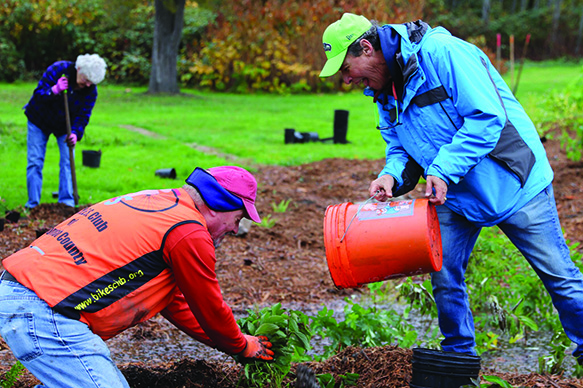
By Kalvin Valdillez, Tulalip News
“Being from Tulalip, my family always went to church here,” said Bill Topash, Tulalip Elder and St. Anne’s Roman Catholic Church member. “We have fond memories from when we were youngsters and I think it’s important to preserve this historical building. It was originally built in the 1890’s, it burned down and was rebuilt in 1905 and Catholic mass has been held here ever since.”
The white cathedral located across the street from the Tulalip Marina received a new landscape feature that will not only add to the property’s beautiful scenery, but will help address a number of issues St. Anne’s has been facing over recent years.
“We had a couple of engineering studies done about four, five years ago on the church,” Bill explained. “We found out the basement is in terrible disrepair. We were able to get some funding to get a clean crawl company to come out and clean it out, put a vapor barrier down there. But, we knew the terrible condition that the underside of the church was in, so our first significant step after the vapor barrier was trying to get the water to drain away from the church’s foundation.”
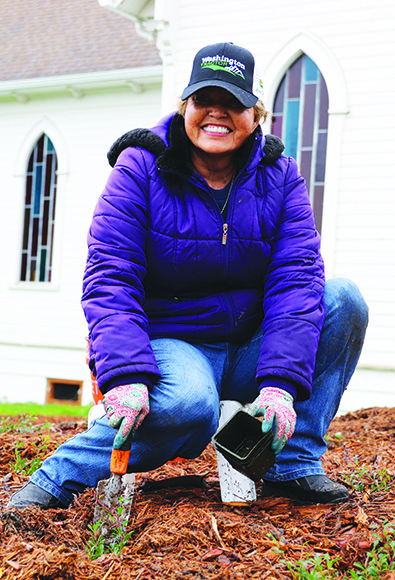
After brainstorming possible solutions, the church reached out to the Snohomish Conservation District for assistance. Upon learning about the church’s problematic flooding as well as its proximity to Tulalip Bay, the Conservation District took on the task of deterring storm water run-off and excessive water buildup away from the base of the building by constructing a rain garden on the side of the church.
A rain garden collects storm water runoff from rooftops, nearby streets, lawns and driveways, absorbing and filtering out harmful pollutants like oil, metal, paint, pesticide, fertilizer and garbage. According to the EPA, rain gardens effectively remove 90% of chemicals and 80% of sediments from storm water runoff, preventing those containments from entering our ecosystem.
“We’re really close to the bay, so pollutants that come off of roofs and paved surfaces go right into the bay,” said Derek Hann, Snohomish Conservation District Engineer. “We’re putting in a rain garden to take water from the roof of the Mission. This acts as a filter, so it does a really good job at removing all of those pollutants, it also helps with flooding issues.”
The Conservation District has worked on similar projects in the past and received funding from the Tulalip Charitable Foundation to build rain gardens. Familiar with the procedure, the Conservation District helped the church throughout process, assisting with the funding application, as well as following the Tulalip Tribes native plants and rain garden handbooks.
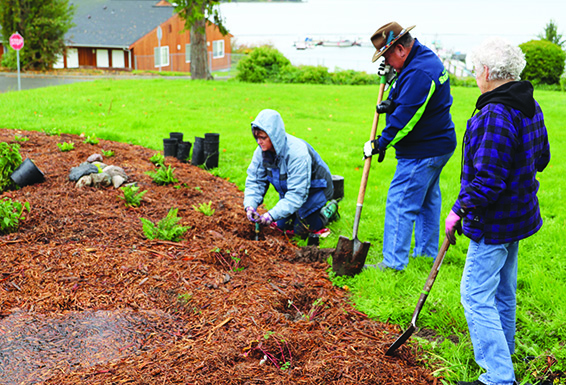
“I used the rain garden manual that was issued by the Tribal Restoration Committee, so all the plants here are native to the area and have some sort of cultural significance,” stated David Jackson, Snohomish Conservation Community Conservation Resource Specialist. “We have kinnikinnick, that’s been used traditionally for a long time by the Tribes. We also have common camas; they are a real beautiful dark purple-blue flower. We planted a lot of coastal strawberries and snowberries, those are going to attract a lot of animals to the area. The spirea and thimbleberries are going to be very good pollinators. They’re going to help biodiversity in the area. You don’t have to put much time and attention into maintaining them and you get to have community planting events and watch the garden grow over the years.”
On the morning of October 20, members of the church as well as the Snohomish Conservation District met to put the finishing touches on the garden. With a majority of the prep work done in the summertime, the crew dedicated just a couple hours to plant various native shrubs, trees and flowers in the newly established rain garden.
“We started the construction process in June and put the pipe and materials down and it’s been sitting here waiting for plants,” David said. “This is the last phase but the project will be ongoing as long as the rain garden is here. We cannot overstate how thankful and appreciative we are. The church and the Tribe worked with us through the entire construction process, all the volunteers are members of the church and of the community and it was a very special project for us.”
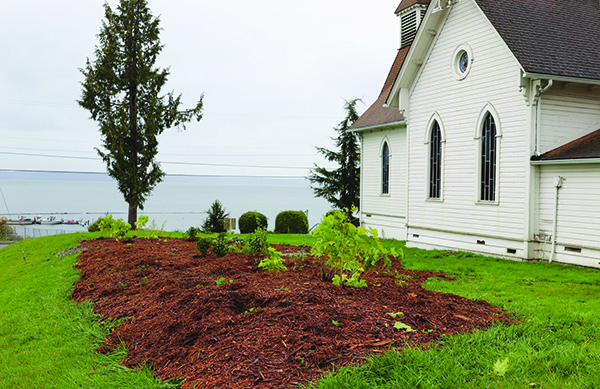
If you have any questions or you’re in need of assistance with a rain garden, David encourages you to call the Snohomish Conservation District at (425) 335-5634, stating they would be happy to help. Likewise, Bill invites you to check out the new St. Anne rain garden and learn about its function and about the native plants.
“From what I understand it is self-sustaining and low maintenance,” Bill said. “Our next goal is to have some sort of display explaining the purpose of the garden and the variety of the plants that are in there. These are all native plants. I noticed there was kinnikinnick and I said, ‘oh good, Indian tobacco.’ It’s nice to see that coming back again. We are very thankful to the Tribe, the Charitable Fund and the Snohomish Conservation District for helping us preserve our historical church. And we invite anybody to come out, everybody’s welcome.”
St. Anne’s Roman Catholic Church is now accepting donations for their annual holiday bazaar, held every Saturday from November 30 through December 23. All proceeds will go towards gifts for the homebound elders of the Tulalip community. For more information, please contact St. Anne’s at (360) 653-9400.
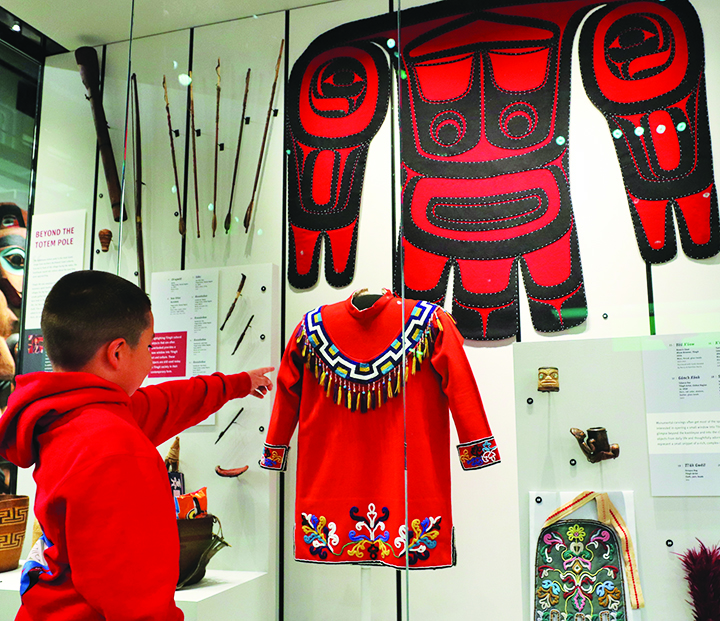
By Micheal Rios, Tulalip News
“The Burke Museum stands on the lands of the Coast Salish peoples, whose ancestors resided here since time immemorial,” said Burke executive director Julie Stein to a growing crowd of 400+ people representing tribal nations from all over the Pacific Northwest. “Many Indigenous peoples thrive in this place. Part of that history is embedded in the museum, and we move forward in a good way so happy you are with us.”
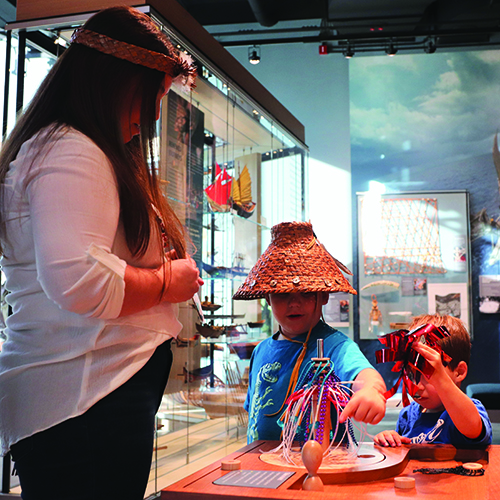
Julie’s words were direct and heartfelt as she greeted the hundreds of Native visitors who convened at the Burke Museum’s ‘Indigenous Preview’ on October 10. Nearly a thousand community engaged and local Native culture-bearers RSVP’d to the evening’s event dedicated to relationship building and seeking to preserve the ingenuity, creativity, and complex knowledge of a living and thriving cultural resource.
“You all are the first to be invited to tour and experience the all-new Burke Museum,” continued the museum’s executive director. “We are truly honored by your presence. The Burke recognizes our colonial legacy, and we promise to dedicate ourselves to learning from communities and building a more ethical and collaborative future together.”

In honor of its collaborations with Indigenous communities, the Burke invited all Indigenous peoples to see the all-new $99 million, 113,000-square-foot facility before it officially opened to the public. Nearly a decade’s worth of planning and consultation went into the unique redesign of a natural history museum with a massive 16 million object collection. Two highly anticipated exhibitions feature Northwest Native artistry and craftsmanship at its finest.
An emphasis on transparency and treating the hundreds of Native cultural artifacts with the proper respect, while acknowledging their rightful creators, was the topic of many conversations while the gathering of Native peoples toured the museum. Many Coast Salish tribal members found the Culture is Living gallery to be the highlight of the evening. From intricate weaving creations to hundreds of years old traditional regalia to a truly stunning dedication to canoe journey that showcased carved paddles by many of the 29 federally recognized Washington tribes, the gallery offered a very real sense of purpose and awareness to its Native guests.
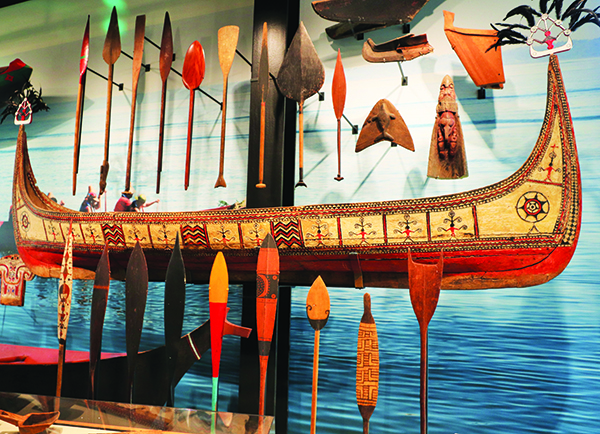
According to the Burke, the Culture is Living gallery breaks down traditional museum authority and brings the expertise and knowledge of communities to the forefront. Cultural objects aren’t tucked away on the shelves. They are alive, embodying the knowledge, language, and stores of people and cultures.
“We wanted to share how diverse our Indigenous cultures are and share the fact that we are still here,” said Sven Haakanson (Alutiiq), curator for North American anthropology. “To us, the cultural pieces we have on display are living. We are representing a hundred-plus cultures in our Culture is Living gallery and to pay them their proper respects we interwove elements of Earth, air, water, our ancestors, children, and community.
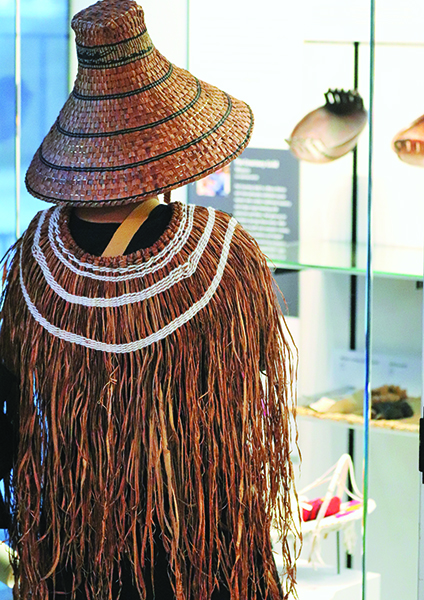
“As a curator, one of the things I’m most proud of is we put the Native languages first on every item. Over the next decade, I’m hoping to work with our local tribes to get more item descriptions written in their languages and to add quotes from those communities telling us what the item’s story is from their perspective,” continued Sven.
During the special Indigenous Preview event, several local tribes had representative of their canoe families share song and dance for the mostly Native attendees. Food was enjoyed and provided by the much hyped Off the Rez café, a permanent outpost spawned from Seattle’s first and only Native food truck. There were a number of hands-on exhibitions that guests were drawn to. Chief among them a weaving setup that welcomed the expertise of Native weavers to showcase their skills with rope, cedar, or ribbon that have been passed down for generations.
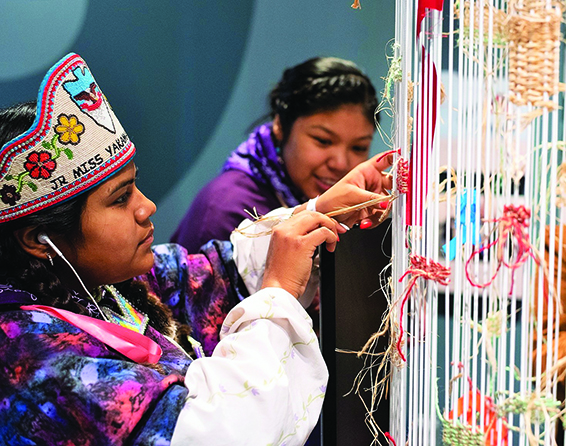
“The inclusivity is awesome!” shared 24-year-old Stephanie Masterman (Tlingit) after she made her signature in weave form. “Yes, there are artifacts dating back hundreds of years, but there is so much contemporary art, too. So many young Native artists have works included among the galleries. The voice and presence of the future generations we always talk about is definitely represented.”
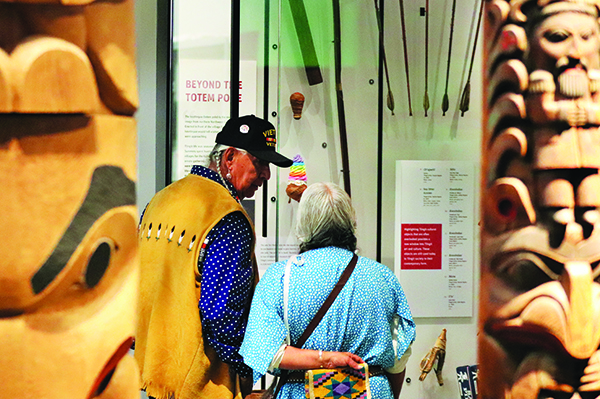
It’s a new kind of museum with a whole new way to experience our world. The Burke is located on the University of Washington campus and is free to all visitors on the first Thursday of every month. You can expect to be blown away by the attention to detail the dedicated acurators used in setting up each and every item in the six new galleries. And with Native voices prominently featured, there is sure to be an opportunity for learning and reflection.
“Museums have always been colonial spaces and the way the old Burke was structured separated each culture rather than having conversations across cultures that are relevant to our people,” said recent UW graduate Natalie Bruecher (Native Hawaiian). “Here in the new Burke, our knowledge, our ways of being, and even our relationships to each other are really uplifted. This space is a home for our students, our Indigenous communities, and our ancestors that are embodied in every single piece on display.”
For more information please visit burkemuseum.org or call (206) 543-7907
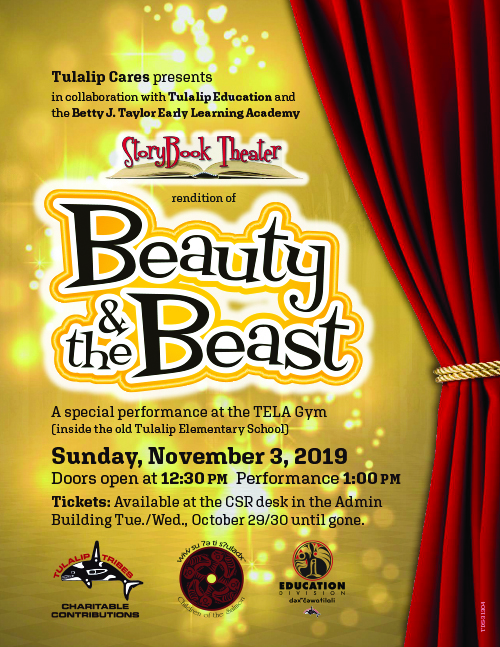

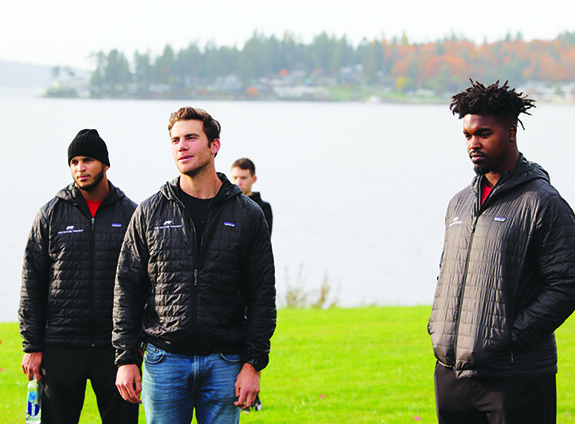
By Kalvin Valdillez, Tulalip News
A large circle formation of about sixty Tulalip citizens congregated outside of the Youth Center on the bluff overlooking Tulalip Bay. The group, consisting of mostly youth, offered two traditional songs to three tall individuals who were standing at the center of the circle. In the distance was a yellow seaplane sitting on the waters of the bay, which the visitors arrived in moments prior. Leaders of the Tulalip Youth Council and previous Tulalip Mountain Camp and Fish Camp attendees were in for quite the surprise on the chilly fall evening of October 22.
“We were asked to be here by Jessica, our Youth Council Advisor,” explained Youth Council Secretary, Shylah Zackuse. “We were told it was going to be a team building experience. But I had no clue there was going to be former Seahawks players here.”
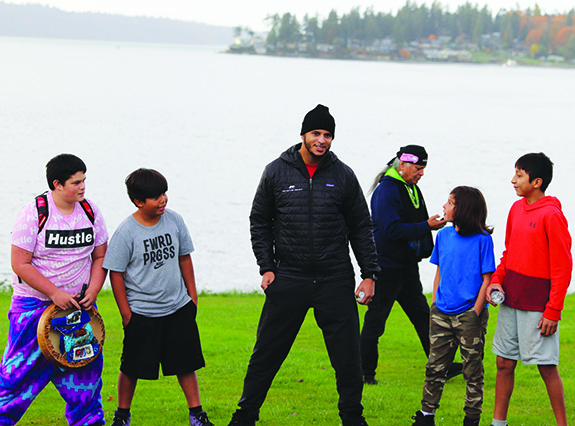
Three years ago, former Seahawks tight end and Super Bowl XLVIII Champion, Cooper Helfet, started a non-profit organization, the Nature Project, dedicated to getting kids outdoors for recreational fun, along with time away from their phone screens. Since then, Cooper has recruited former teammates, as well as a few current NFL players, to participate in the Nature Project. For the visit to Tulalip, Cooper brought along fellow former Seahawks, Jermaine Kearse and Tyrone Swoopes.
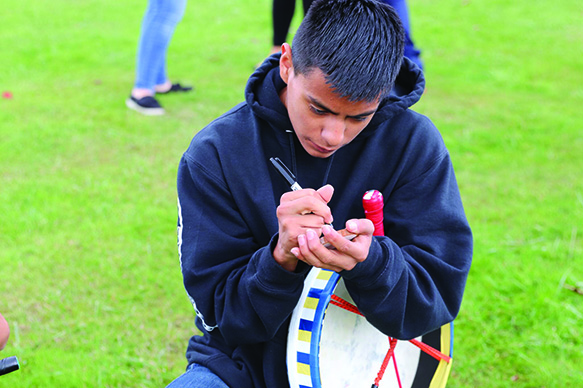
“I grew up in northern California and I had a lot of opportunities to get out into nature, whether that was hiking, camping, surfing or backpacking, it was a big priority in my family to do so,” said Cooper after thanking the people for the traditional songs. “Some of my favorite memories as a kid were doing those things. And as I got older, especially when I started playing with the Hawks and with different teams in my career, I realized a lot of my teammates didn’t get those opportunities. I started getting them outdoors more and they had an amazing experience developing their own relationship with the natural world.
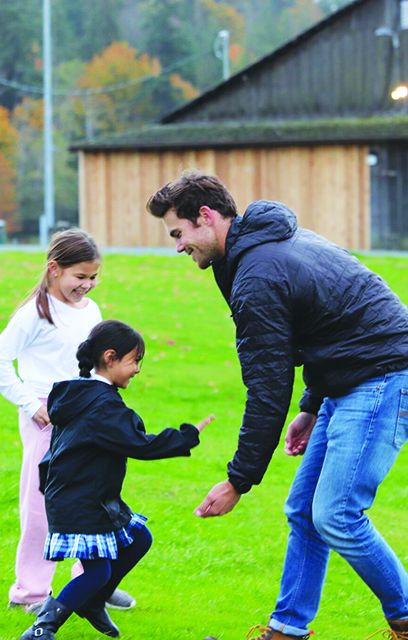
“And I thought, how do we create these types of opportunities for kids? Especially in a time where video games, TV, the internet are exciting, but taking over our world. So I started this project, bringing out athletes to the kids of local communities to get them outdoors and impress upon them the importance of spending time outside.”
After taking time to snap a photo with the crowd, the football stars hung out with the youth, passing a soccer ball around. Approximately thirty kids introduced themselves to the group and stated one outdoor activity they enjoyed such as skateboarding, hiking, softball and basketball. Next, Cooper passed around sharpies and cedar medallions, asking the kids to write down one goal they hoped to accomplish in their lifetime.
“The real mission of the project is to motivate kids to spend more time outside and do so in a way where they can create positive physical memories with friends,” Cooper explained. “And to use that as a tool they can use throughout their life to be reflective and think about their goals and how to overcome adversity. We know that often times it could be hard for youth to relate, listen and let things soak in. One of the assets we have as athletes is we have an ability to connect with kids and know we’re going to have their ears and attention because we gained that beautiful gift of being their role models, so we try to pass that on to them through the Nature Project work.”
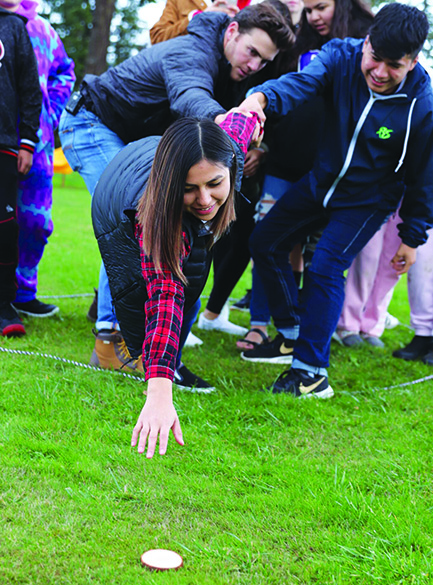
Once everybody’s goals were marked down, the kids had fun participating in an exercise designed to use the power of communication, teamwork, and creativity to find a way to obtain their goals. After putting in plenty of effort and refusing to give up, the kids got a little help from Cooper, Jermaine and Tyrone. However, in order to receive help from the football pros, the youth had to vocalize exactly what they needed from the athletes first.
The youth were shown that it is possible to achieve their aspirations by using teamwork and communication skills. The group then had an open conversation about attaining individual goals through determination, perseverance and utilizing personal resources.
“Perseverance for me is not giving up and overcoming every obstacle,” expressed Jermaine, who is also a Super Bowl XVIII Champ. “Adversity is going to show up in our lives whether it’s in sports, school, life or relationships. For me, in the 2015 NFC Championship against the Green Bay Packers I had four targets, four passes thrown to me, and they were intercepted each time. It was a tough moment but I didn’t feel sorry for myself, I didn’t quit, go in the locker room, or sit on the bench with my head down. I knew there were going to be more opportunities and if I was going to be ready for the next opportunity I had to stay mentally in the game. My next opportunity so happened to be the game winning touchdown. That’s perseverance, not giving up on yourself and continuing to push forward.
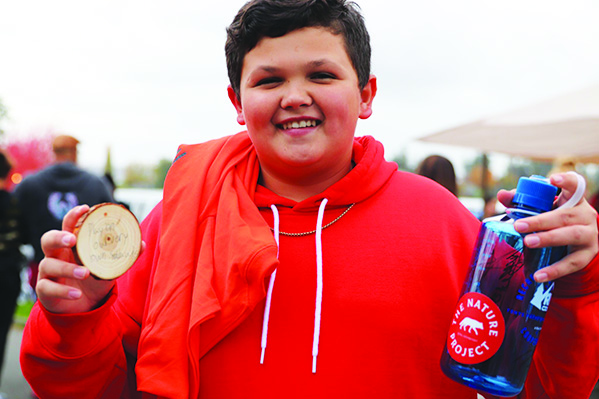
“Sometimes we feel prideful, we have our egos and want to do things on our own. Please know that it’s okay to ask for help. It’s hard to go through life doing everything by yourself. If you have a group of friends or family that are really close to you, if you’re going through hard times in class or struggling, it’s okay to ask for help. Don’t feel ashamed because even the strongest people in the world need help.”
Every year the Tulalip Natural Resources department partners with the YMCA of Snohomish County to bring local youth the outdoor summer camps, Mountain Camp and Fish Camp. Upon hearing about the camps, the Nature Project was interested in hosting an outdoor event with the Tulalip community.
“The Nature Project learned about us through the YMCA,” said Ryan Miller, Tulalip Natural Resources Environmental Liaison. “Their whole goal is to get kids out into nature and have that experience that Cooper had when he was a kid, that he feels turned him into the person he is today. They felt he was a really good fit to do something with Tulalip and our youth. It’s an opportunity for the kids to learn about the importance of team work, perseverance, leadership and gives them skills that will help them throughout their lives.”
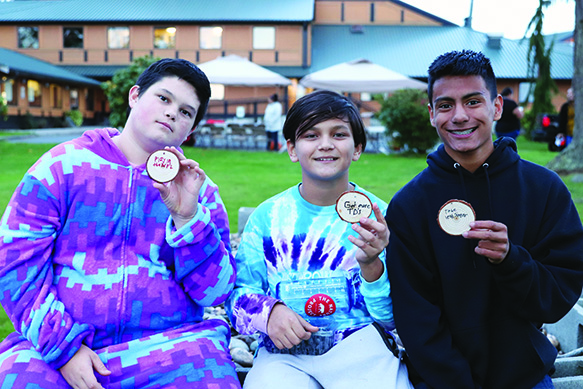
Tulalip youth Seth Montero fell in love with the great outdoors while at the Mountain and Fish Camps. His passion for nature was so strong that when he grew past the camp age limit, he took a course with the YMCA to take on a leadership role at the summertime camps. Seth thanked the former Seahawks for their work promoting outdoor activities.
“Nature is important because it’s all around us and every day we’re losing more and more of it. It’s always good to get outside whenever you have the chance. Go explore new places, appreciate all the views Mother Earth has to offer, because it might not always be there.”
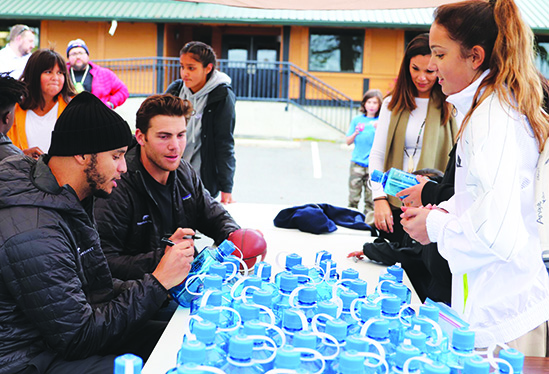
To wrap up the evening, kids were given large water bottles courtesy of REI and all three Nature Project members took a moment to converse with each kiddo as they autographed their names across their bottles.
“It was so awesome,” said Tulalip Youth, Lincoln Pablo. “Jermaine Kearse has always been my inspiration for playing football. His catches are amazing. I always wanted to do what he did and get to the league. For my goal today, I wrote down play on our very own Seattle Seahawks.”
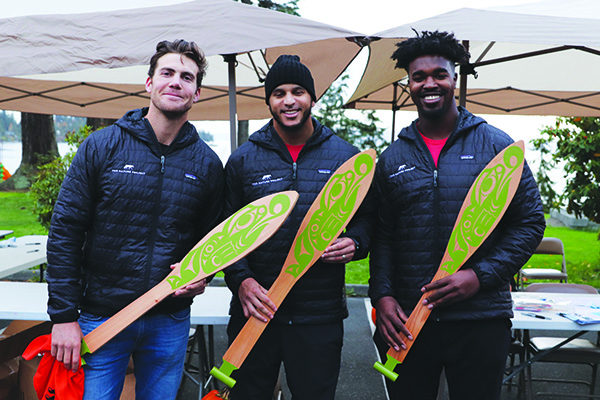
Before taking off in the seaplane, Jermaine and Tyrone were gifted handcrafted masks by Tulalip artist Ty Juvinel, and all three former Seahawks received paddles from the Tulalip Youth.
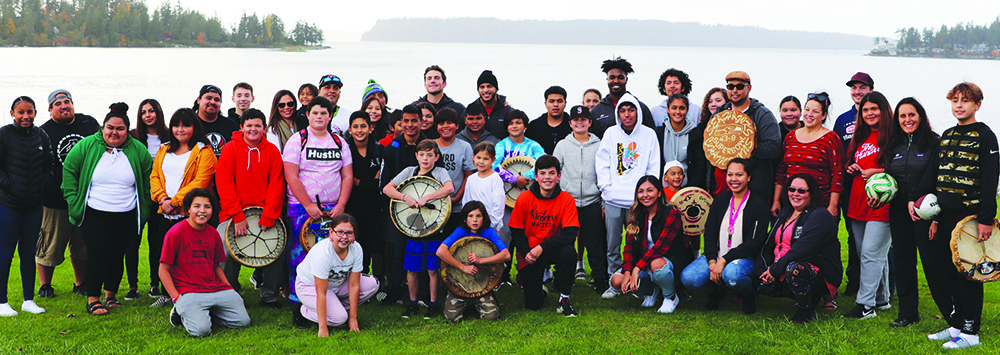
“You live on a beautiful reservation,” Cooper said. “If you’re looking for ways to get involved in outdoor fun, it’s as simple as walking along the beach or adventuring a little east and getting up in the woods. It doesn’t take much. It’s grabbing a neighbor and going for a walk, it doesn’t need be a planned thing. When I think about my childhood, none of my memories were inside paying video games. They were memories I can feel, hear, see and smell and were with friends. 99% of the time they were outdoors. You just got to take the initiative and go do it. Your ancestors were the original stewards of all this land we get to call home, and I just want to express that there’s an insane amount of gratitude that I have for that.”
Please use the following link to download the October 26, 2019 issue of the syəcəb:
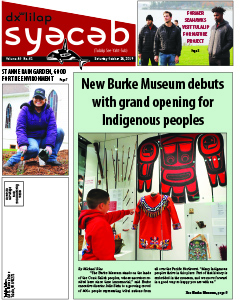

Please use the following link to download the October 19, 2019 issue of the syəcəb:
